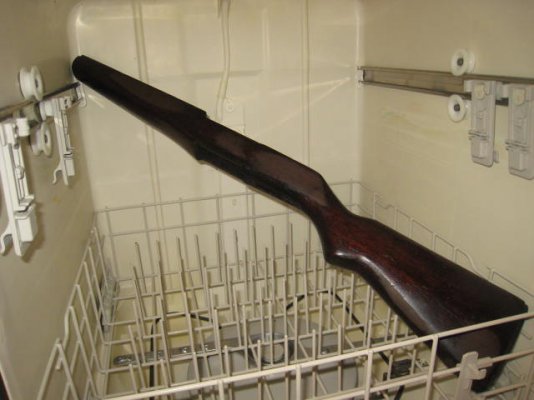Almost 20 years ago, a researcher at UC-Davis proved that wood cutting boards are safer than plastic because moisture is drawn into the wood, taking bacteria with it, and then the bacteria dies. Plastic boards, especially those with a lot of knife cuts in them, harbor bacteria and allow them to reproduce.
PLASTIC AND WOODEN CUTTING BOARDS Dean O. Cliver, Ph.D
My main cutting board is a large wood one with a juice catcher that lives on my counter. I also have two smaller wood boards I use for smaller jobs; a large acrylic one I've had for many years and use rarely; and a smaller acrylic one that came with a gift of Omaha Steaks.
The acrylic boards go in the dishwasher. I keep an all-purpose cleaning mixture for everyday kitchen cleaning in a spray bottle - 1/3 white vinegar, 1/3 lemon juice and 1/3 water. I spray my wood boards with this, let it sit for a few minutes, then wipe it off. Works great.
Using good knives on hard surfaces like glass, ceramic, etc., including plates, is really bad for the blades.

